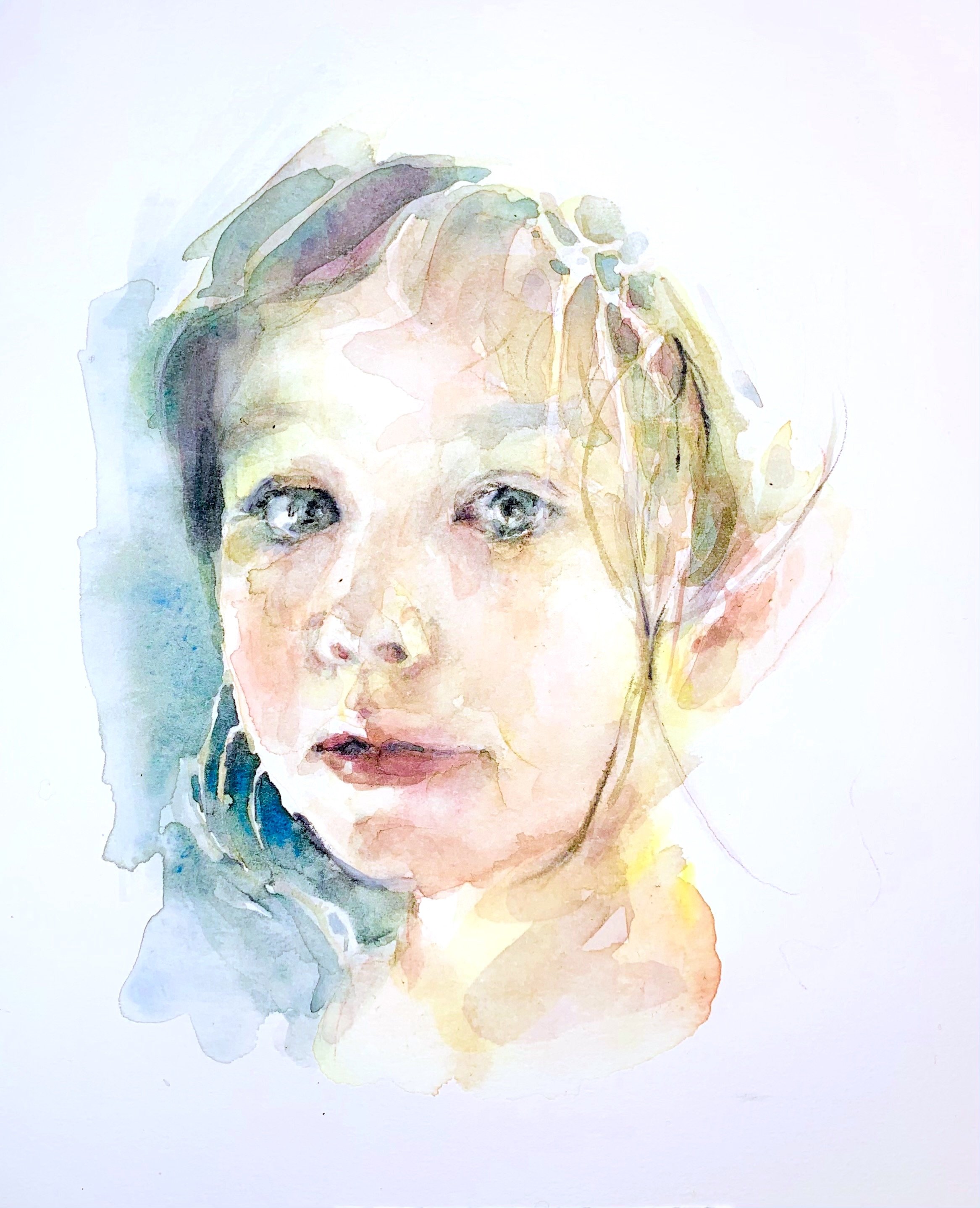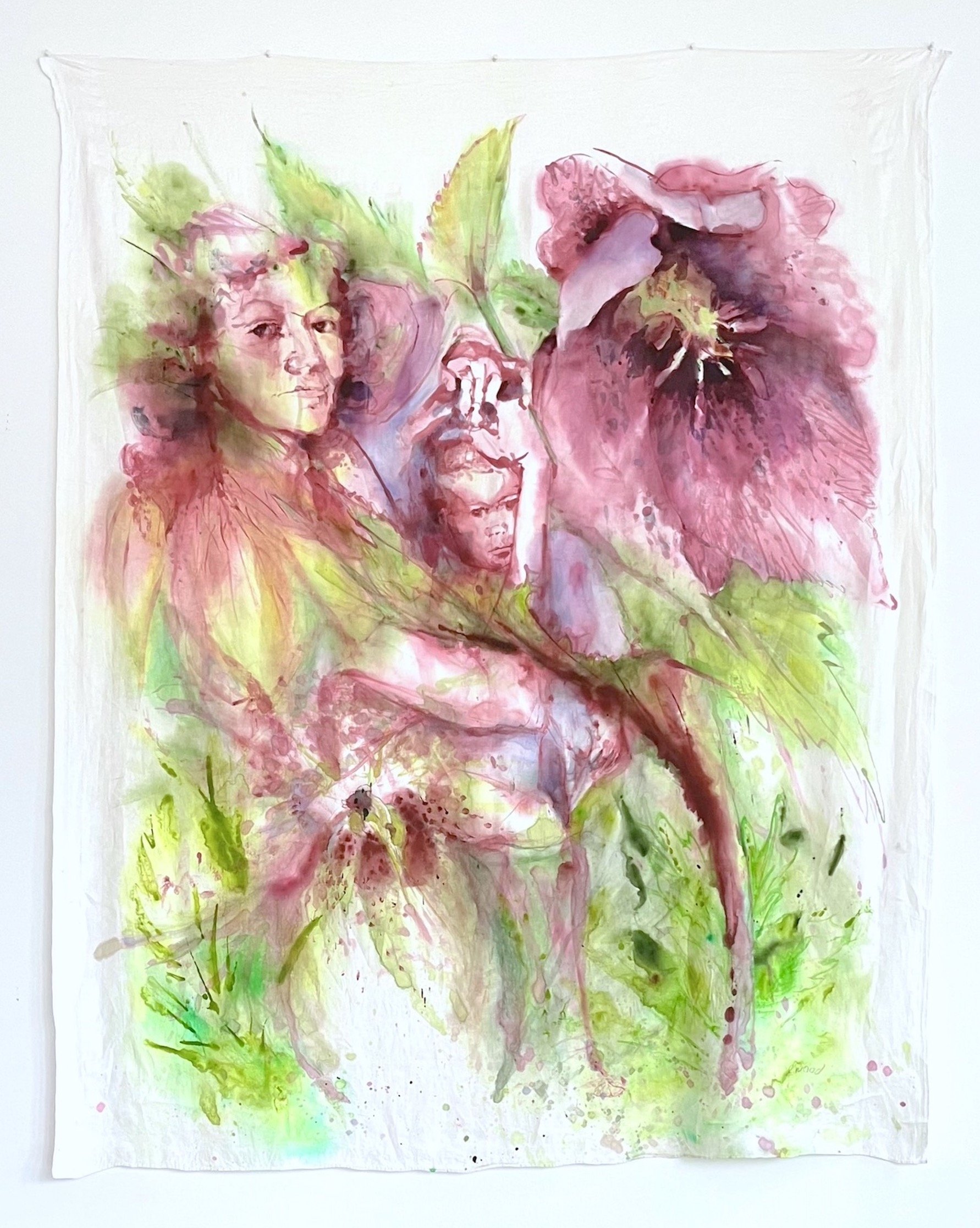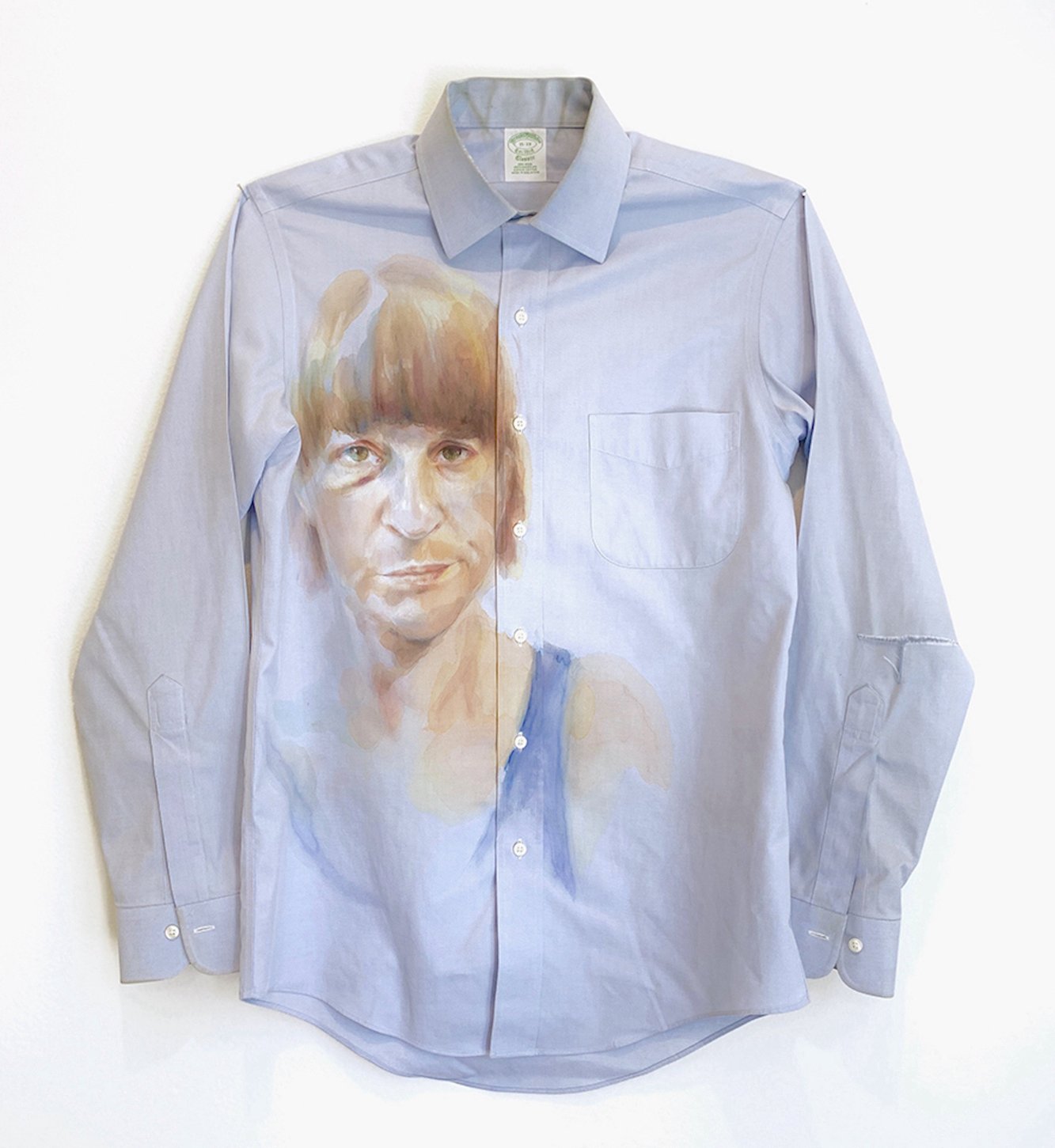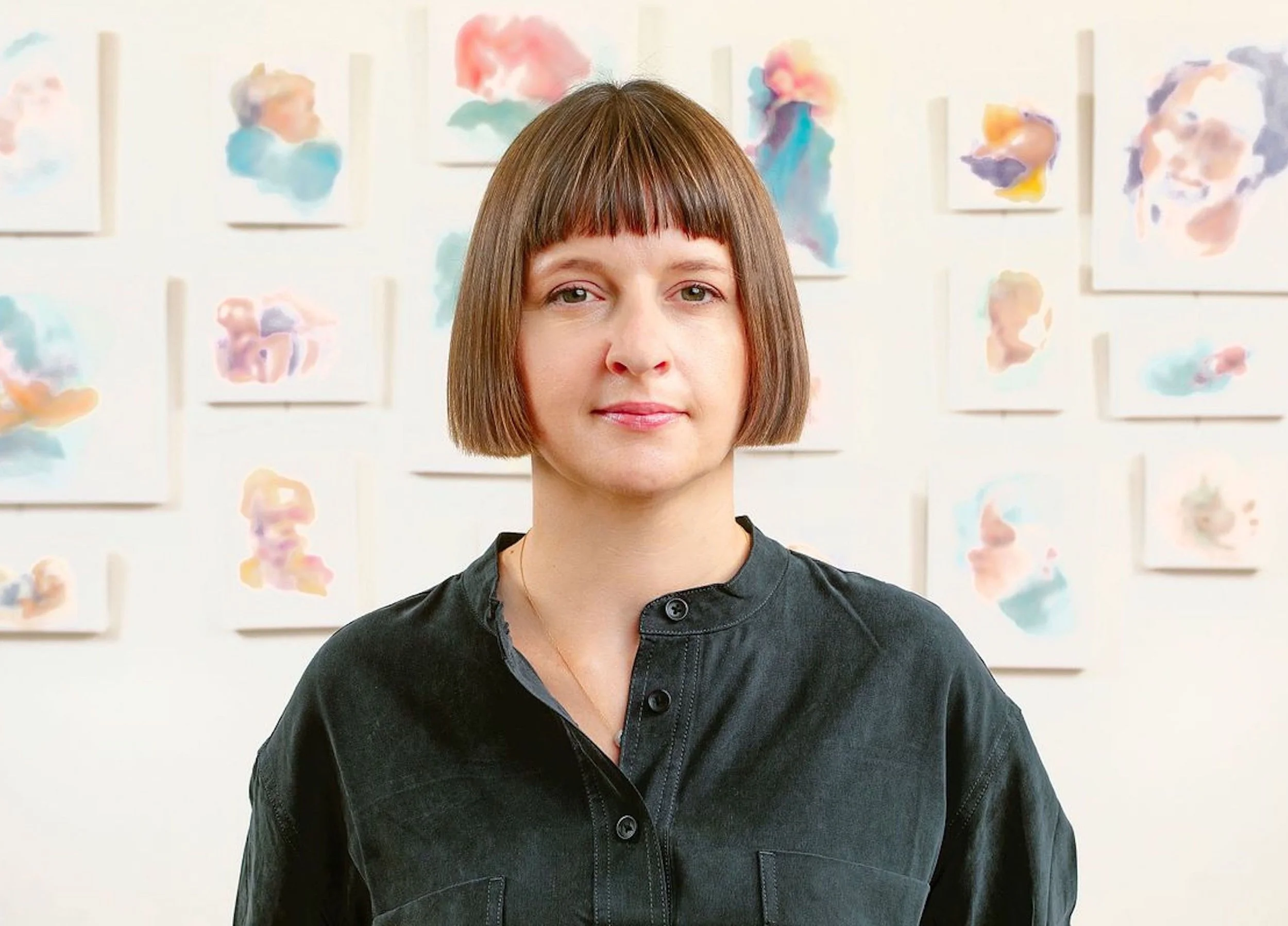Interview with artist Emily Moll Wood
Emily Moll Wood is an Arkansas artist and art instructor. She earned an MA degree in painting from the University of Arkansas at Little Rock in 2011 and has taught painting classes for over 15 years, most of them at the Arkansas Museum of Fine Arts. More of Emily’s work can be found at Frame of Mind in Camden, Gallery 26 in Little Rock, Justus Fine Art Gallery in Hot Springs, and at her website emilymollwood.com. (profile photo by David Yerby)
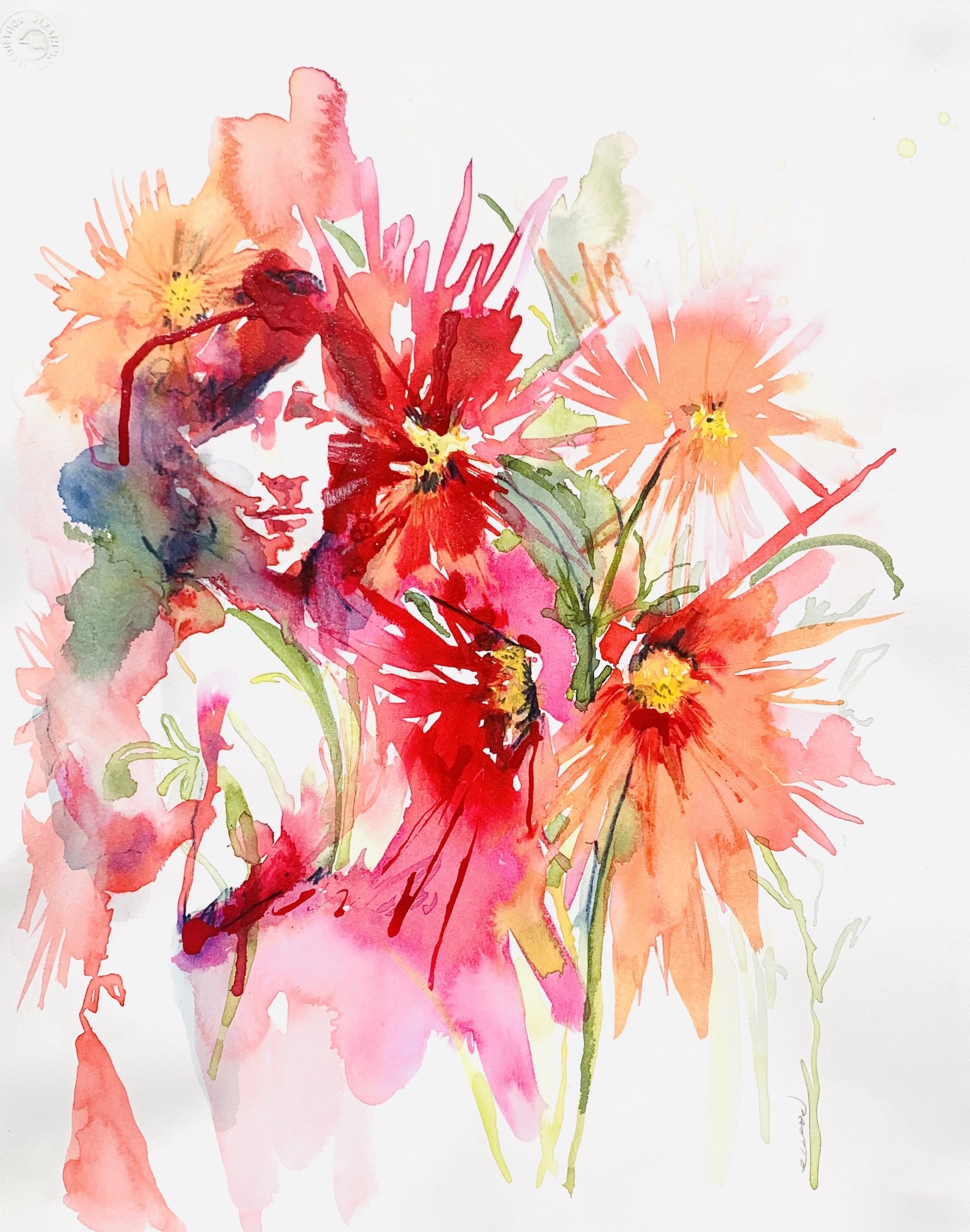

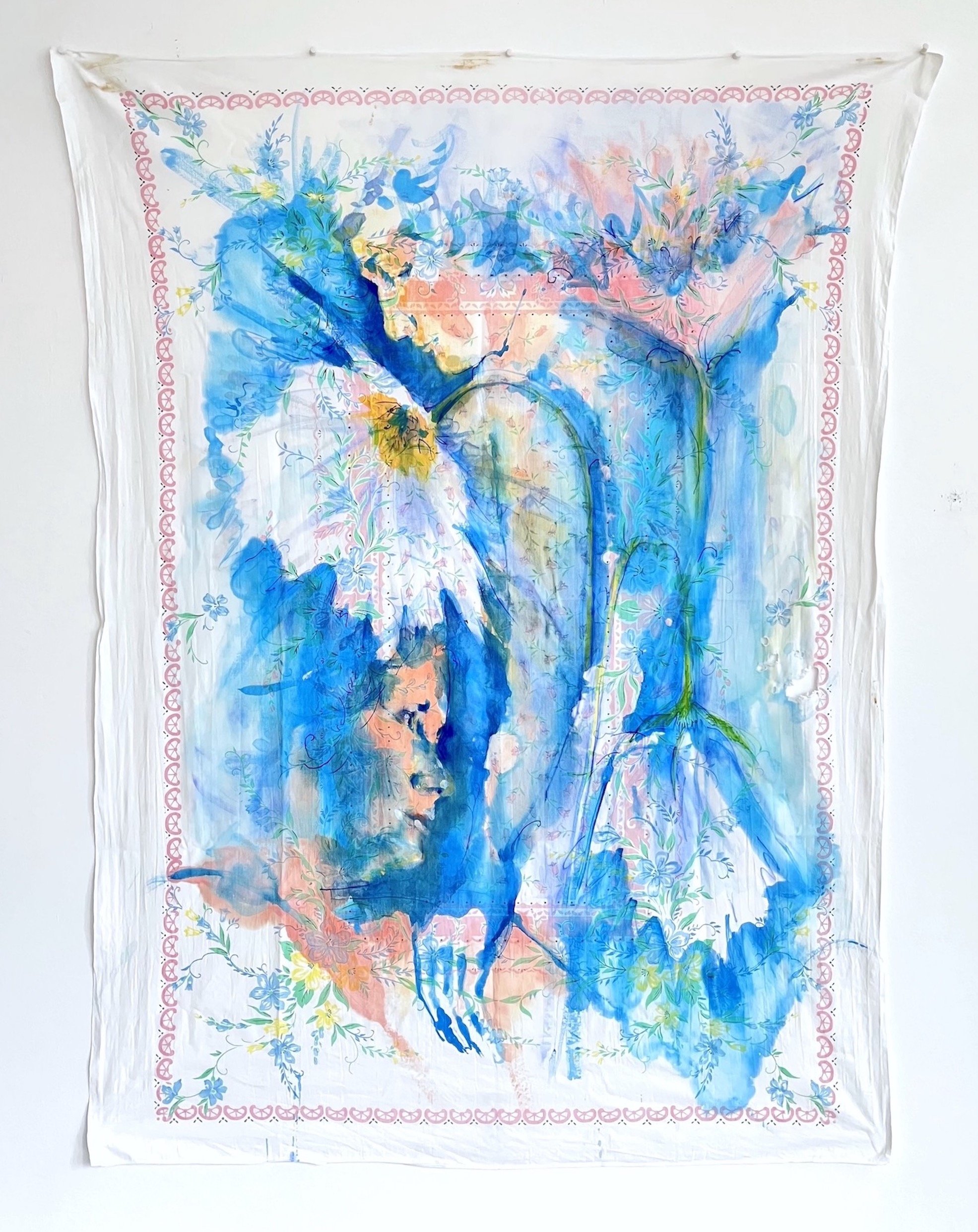
AAS: Emily are you originally from Arkansas?
EMW: I grew up in Camden, a small town in South Arkansas. After a short stint at TCU in Ft. Worth, I followed a boy (who is now my husband) to OBU in Arkadelphia earing a BA in Art. I did a semester abroad at the University of Reading, England. A few years later I took classes at the Arts Students League of New York and then went back to UALR here in Little Rock to earn a MA in painting. Including workshops with many artists I admire and crit groups and meetups, I got a little bit of art education in all of these places.
AAS: Did you grow up in an artistic household?
EMW: I would say there was creativity all around me in different forms but none that would have called themselves artists. My dad and two sisters are musicians, and my mother is an expert seamstress, and chef. We had drawing and paintings that my grandmother and great aunts had done, but I didn’t know them. I took art lessons as a child from several different people in town, so I was encouraged to follow my creative, artistic inclinations but I don’t think I really knew that a professional artist could be a “real job”.
“Surface continues to play an important role in my work, but it has changed from a hard rigid surface to a soft absorbent surface.”
AAS: What do you think you learned during your MA studies that has had the biggest impact on your current practice?
Crazy Relatives, 18” x 24”, acrylic and graphite on oak panel
EMW: I gained more painting skills and learned how to figure out and follow my own taste and start to articulate what I like and why I like it. I became better at painting people and came to really enjoy it, so I wanted to do that more, but I thought a good way to add an extra layer of meaning was to change the surface the portraits were painted on. Surface continues to play an important role in my work, but it has changed from a hard rigid surface to a soft absorbent surface.
Crazy Relatives is one of my favorites from my thesis project, in which I painted photos from friends and family’s Facebook pages to give the images a different context when painted on a natural surface. This particular one is of my crazy relatives and I was especially pleased with the way the paint was handled in this one. Many times these more successful portraits are the ones that go quickly, that I get right the first time and don’t overwork. Also, It always helps when I know the subjects well.
AAS: You are doing a lot of watercolor work now. What is it about watercolor that you love?
EMW: I love the freshness, softness, and quickness of it. I started using watercolor when I had my first child 8 years ago - I could pick it up and put it down easily and with no mess.
AAS: When I first looked through your website I was immediately taken by Snug. Tell me about that portrait.
Snug, 14” x 11”, watercolor on paper
EMW: Snug is a portrait of my husband and son, who was two at the time. I painted it while my husband was going through chemo treatments in 2017. It's one of the few of my own paintings I have hanging in my house, because It's one of my favorite portraits technically. I find it hard to get the balance right with just enough but not too much paint and brushstrokes. I tend to go too far--paint too much if I'm not paying attention and I prefer a more simple, subtly painted portrait. I like efficient brushstrokes – if brushstrokes are my words, saying more with less. John Singer Sargent paintings are great examples of what I'm talking about. El Jaleo is my favorite, but I love the one at Crystal Bridges, Capri Girl on a Rooftop. Both paintings are of these dancers but it's his brush that's dancing across the canvas in a beautiful, minimal way.
Chemo, 9” x 5”, watercolor and watercolor pencil on paper
Sorry, that was a tangent, but Snug was painted during a hard time. I would go with my husband to CARTI for the chemo treatments and each time I did a sketch of him either while he was hooked up or in a waiting room. After six months I had a sketchbook or a visual diary of that time. I think drawing and painting have always helped me think through things and process what is going on in my life. Chemo is one of those sketches. I'm so grateful my husband has been cancer-free for over 5 years now.
AAS: You’ve done a wonderful series of flower studies. Purple Irises is my favorite, I guess because they were my mother’s favorite flower.
3 Purple Irises, 16” x 12”, watercolor on paper
EMW: Thank you, I love them too, in fact this particular one was painted from some I have in my yard that were my great grandmother’s. The plant has been moved from Stuttgart, to Camden, to my first house in Little Rock, to my second house in Little Rock. I love that I can enjoy the exact same plant that my great grandparents did.
In a search for joy and respite during the Pandemic lock-down with two small children, I began to study and paint flowers with watercolor. Doing the studies daily was something minimal I could do to feel better, and it didn’t require much thought. I taped them to the walls of the playroom that doubled as my studio until all available walls were covered with flower studies, transforming the room into a sanctuary of color and life. The installation was also hung in a small room at Stay Home Gallery and Residency in Paris, Tennessee. After obsessively painting flowers each spring for a few years, I wondered why I kept wanting to paint them. I never thought I would paint flowers in watercolor like my grandmother’s friends because I was a “serious artist, not a Sunday painter.” I am repeatedly getting in my own way with unnecessary challenges. Through this flower painting practice, I learned to better embrace who I am, what I want to paint, and to stop saying things I will never do.
Quarantine Flower Study Installation, 12” x 20” room, watercolor on paper, taped to walls
AAS: Most recently you have been combining your floral work with portraits and painting them on tablecloths. Tell me about that series.
Vulnerable Tulips, 50” x 40” acrylic ink on found tablecloth
EMW: The hundreds of flower studies that mainly served to improve my mental health, started making their way into my other work on motherhood as I began to explore connections to my maternal lineage. My mother and grandmothers were Master Gardeners; I was drug around to native plant meetings and garden tours as a kid. My grandmother was known to stand in front of highway mowers to protect wildflowers and plant acres of daffodils all over South Arkansas and North Louisiana.
I was already painting on other textiles because I love the way watery paint absorbs and bleeds into different fabrics. I had a bunch of old tablecloths from my grandmother and my mom, so I thought painting their faces and my face, with the flowers that made me feel connected to them, were a good way to bring it all together. The domestic textiles draw attention to tedious daily domestic work my grandmothers and great grandmothers did. In the exhibit at Thea, they were installed on clotheslines to reference unpaid and undervalued domestic work previous generations expected from women and many times we continue to expect.
Down the Line, 25’ x 20’, watercolor and acrylic ink on found vintage tablecloths, installation at the Thea Foundation
AAS: Connecting with family and family memories are clearly very important to you and your work. What is the story behind your extraordinary quilts, Past Stitches and Painted Stars?
Past Stitches and Painted Stars, 48” x 72”, found sewn textiles, watercolor, ink, trinkets, left side quilted, right side stretched, collaboration with Marieta Moll
EMW: Yes, I think I’ve always made work about people and connections, especially the people I know. Becoming a parent has focused that more on family in particular. I think there is an innate desire to find connection and meaning to inform how I want to (or don’t want to) raise kids and thinking about family is part of that. But more specifically I am thinking about the women in my family who came before me and what they were like before having children and after having children and what effect that has on me.
My mother is an amazing quilter, so that seemed like a logical next step to try with my work focusing on my maternal lineage. I gave her a bunch of scraps and textiles I painted on and told her to design and sew together a crib sized quilt but make two almost identical. She had some other scraps of clothing and other textiles that women in our family had used that she also included. I told her to turn one into a proper quilt with batting and backing, but the other I stretched around a canvas. They hang together to question the difference and examine the value we put on “women’s work”.
AAS: In 2021 you completed the Hero Murals in the Argenta Arts District in North Little Rock. Tell me about that project.
RGB, Argenta Mural Project
EMW: I was commissioned to paint portraits of six modern day heroes by The Argenta Arts District in 2021. It was part of the Argenta Mural Project, which includes murals from other local artists. The Hero Murals can be found in the Acansa Courtyard behind the Acansa Gallery. This was my first mural project and second public art project. It was a great way to get started doing murals because it was relatively small, and I could learn from the other experienced local artists doing murals at the same time like Robin Tucker and Kevin Kresse. After several people encouraged me, I had prints made from the sketches I did of the murals. I sold these on my website and in several shops and galleries, and I donated much of the proceeds to organizations that I thought each “hero” would approve of. This was very satisfying but also introduced me into selling prints, which was something I didn’t really consider before, and this has become a new aspect of my art business. Numerous murals were completed around this time in Argenta, and another round was commissioned in 2022. During the second round I painted a music/dancing scene behind the Four Quarter Bar. I enjoyed doing them, I love the idea of public art, but it’s not something I would choose over studio time very often.
Hero Murals, Acansa Courtyard behind the Acansa Gallery, North Little Rock
AAS: You have been teaching at the Museum School, now a part of the Arkansas Museum of Fine Arts, for many years. Am I correct that you will soon be teaching a class on self-portraits? What do you enjoy most about teaching?
Self Portrait, 16” x 12”, acrylic on paper
EMW: I started at (what was then) The Museum School in 2008 and at one point was Chair of the Painting and Drawing department. I’ve taken breaks to have babies and during Covid, but I’m just starting back again and “Water Media Portraits” is the first class I’ve taught in a while. This past week was the first class, and it was nice to be back. I missed the students and the challenge of having to articulate how I do what I do in my studio when no one is watching. I like how teaching makes me constantly think about how, why, and what I am painting, but I also enjoy helping students improve their skills and “see” new things.
AAS: You seem to like to try different things and really challenge yourself. Is that just a part of your nature?
EMW: I do like portraits because of the challenge and maybe I’m just always searching for the next thing that gets me excited. I get bored after working on a series for a while and look for new ways of expressing or processing ideas in my work. Painting is my outlet, it’s my therapy, meditation, my way of processing the world and thinking through my life, but it’s also my job. This makes for a tricky combination, but I am so grateful that I can spend my days doing it.
